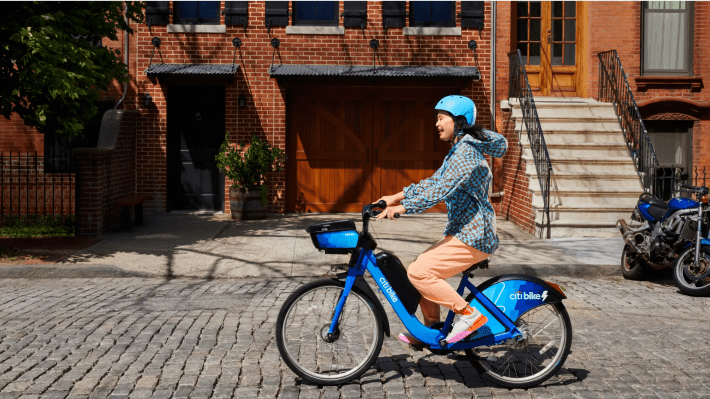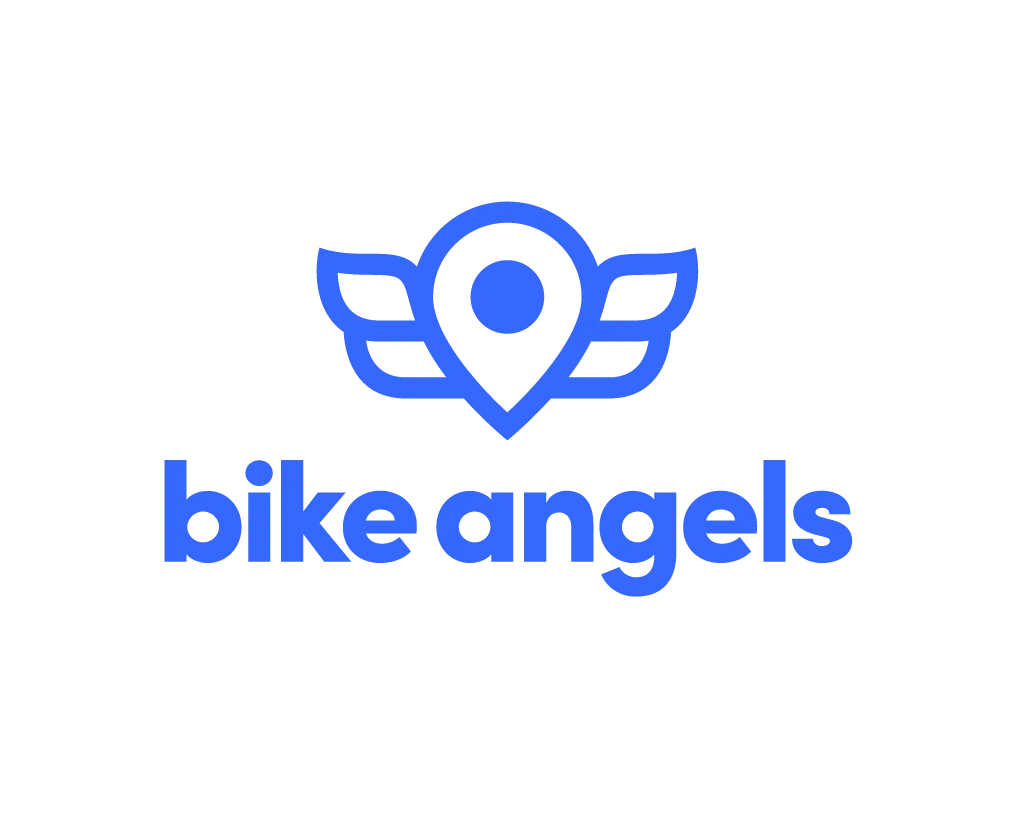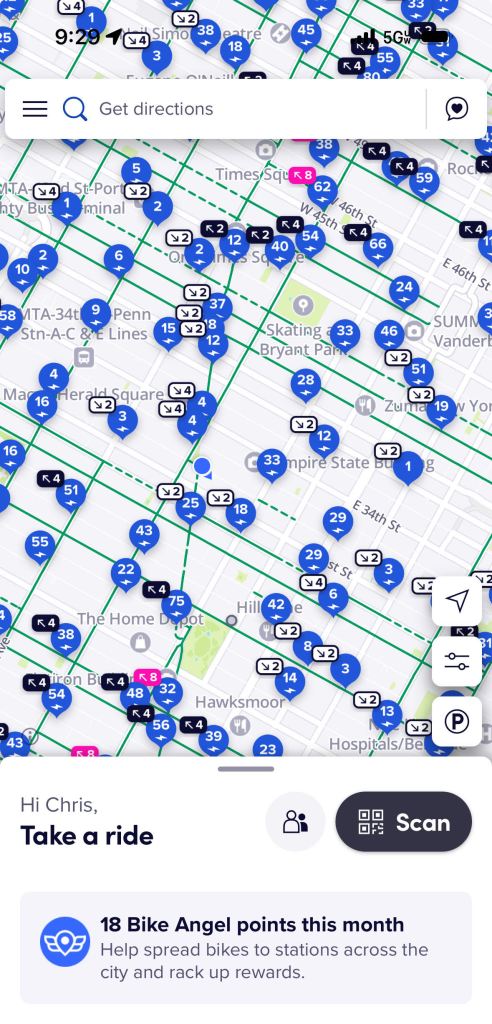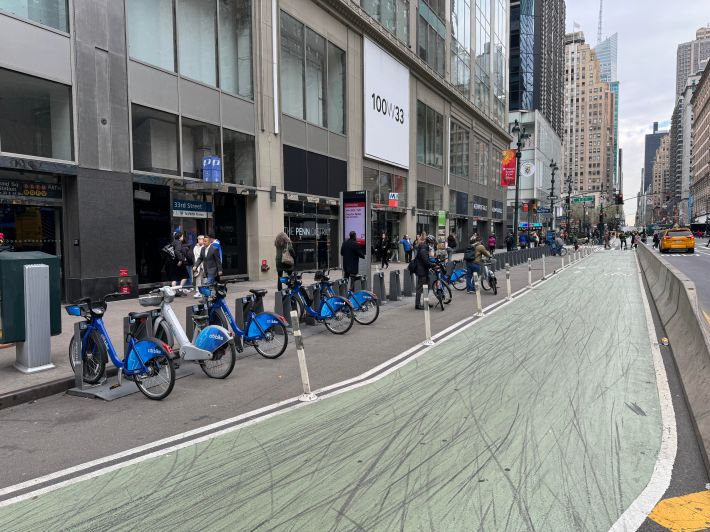If you’ve ever worked for a video game publication, you know that the real money is in strategy guides. It is both where a lion’s share of the SEO traffic comes from, and also where some of the most grueling work occurs. So, with that in mind, I have decided to throw my hat in the ring and offer Aftermath’s first very SEO friendly strategy guide, one I have technically been working on for 210 hours and 1301 miles: A guide on how to beat the metagame for the New York City regional bike share program Citi Bike.

If you have never used Citi Bike, and statistically you probably haven’t, here’s the deal. Citi Bike is a private-public partnership bike sharing program that everyone in New York City goofed on when it came out but which has slowly transformed into one of the most robust cycling programs in the country. It’s a dock-based system (unlike Lime scooters, which is a privately owned dockless system and thus just above having a tech startup throw eWaste on your front lawn). Citi Bike is run by a company called Motivate, which also runs the bike-sharing programs for several other cities. If you live in Boston, Portland, DC, Chicago or Columbus you may have something very similar. Lyft acquired Motivate in 2018, so the entire thing now runs like a ridesharing app, down to the software.
The coverage range of Citi Bike is gargantuan. When the service first launched you could only get it in a few, select neighborhoods in Manhattan and Brooklyn–functionally only rich people neighborhoods. But eventually the service expanded, and while there are still very huge gaps in places that need them (the eastern Bronx, eastern Queens, south and eastern Brooklyn), you can bike easily from the bottom of Sunset Park all the way up to Jackson Heights, which I have multiple times. What’s more, the biking infrastructure got way better in New York City, partially as a result of Citi Bike. By putting a glut of new, often inexperienced riders on the street, Citi Bike created a meaningful need for better options for cyclists, including protected bike lanes. To sound like an annoying YouTube urbanist, we need fewer cars on the road, and building out bike infrastructure helps that dramatically.

But what really changed things for Citi Bike was the addition of pedal assist electric bikes in 2018. The regular analog Citi Bikes are functional if you are going downhill but are bulky compared to normal bikes. The pedal assists are even heavier, but they can go really fast. And while the e-bikes don’t go as dangerously fast as a delivery scooter riding on a sidewalk, you would be shocked at how nimble those things can be. It radically reduces the duration of a trip, particularly going between hilly areas with poor bus and subway coverage, which it turns out is a shockingly large percentage of New York City.
So here's how to get the most out of New York's biggest transit programs.
Get as cheap a plan as humanly possible
One of Citi Bike’s biggest flaws is that it is more expensive than it should be. With a membership, analog bikes are free for the first 30-45 minutes, while e-bikes cost 30 cents a minute without a membership and 20 cents with a membership. Citi Bike memberships cost $219.99 a year (slightly less for Lyft Pink), which enters into the gym membership range. I like Citi Bike, but you can buy a real bike for that price.

There is, however, one far better deal, and that’s the one deservedly given to people on public assistance. If you are on SNAP or NYCHA, it brings the cost of a membership down to 5 bucks a month, saving you about 160 bucks, and it reduces the cost of an ebike to 10 cents a minute, which often makes it cheaper than a subway ride and far faster for some remote locations. I am not suggesting you get on public assistance to do that, merely that anyone currently qualifying for those benefits should take advantage of this. What’s more, if you do not qualify for those benefits, the same deal is offered to members of 3 specific credit unions, which you should join anyway because credit unions are morally better than large banks and often have better ATM coverage. For most people, that’s the real hack.

With an affordable membership, getting through the city is totally transformed. It’s like having a secret warp whistle for New York. I have a bike that I quite like and use, but sometimes I need to get home late between two locations with bad or broken public transit. An e-bike solves this problem, often getting me home at a pace slightly slower than a car but with more parking for about 1/30th the price. Need to get from Bed Stuy to Jackson Heights in about 35 minutes, cheaply? That’s how. In a just world, every New York City resident would be given this deal.
Bike Angels - The Metagame

On top of the aforementioned discount, Citi Bike also has a metagame that yields free bike credits, membership extensions, a handful of silly prizes, and if you do it enough, gift cards. The program is called Bike Angels. It’s opt-in, and its function is to help balance the dock equilibrium in the system in the most gamified way possible. Basically, every single bike dock is assigned a point value from -4 to +4 with 0 being neutral. Point values can be seen in the map. Docks marked with a solid pink or black up arrow have too many bikes, while docks with white-filled down arrows have too few and neutral docks are already well-balanced. Pink arrows are worth the maximum possible value. Neutral docks do not break your point score either way.

By taking a bike from a full dock to a neutral or empty dock, you gain the point value of whatever dock is involved. This also begins a point multiplier that lasts for 24 hours. Do this once and you gain a 2x multiplier. 3 more times, and you gain a 3x multiplier. An additional 3 and the multiplier resets. If you drop a bike off at a dock with too many bikes, or if you take a bike from a dock that needs to drop off, the streak breaks and the multiplier resets.

There are multiple tricks you can use to take advantage of this. First: understand the lay of the land. Due to the nature of New York, there are always going to be places that need bikes, and places that have too many. Downtown Manhattan always has too many bikes, whereas many peripheral locations in the city frequently need bikes. By being aware of zones that straddle high supply and high demand, you can often find farmable pockets of adjacent docks with contrasting positive and negative point values. A quick scan at my map reveals that the newly installed docks near Rego Park have a lot of full docks, while the adjacent docks in Elmhurst and Jackson Heights are empty. The area below roughly 26th Street in Manhattan is usually full, but above can often be fairly empty depending on the day. By keeping these intermediary zones in mind in your day-to-day life in New York, you can often kill two birds with one stone by traveling and unlocking some free points in the process.

There is also a specific trick that can be used to easily juice your numbers on a ride you are taking, which is to start your journey at a full dock, dock at a neutral dock to start the multiplier, then take the same bike back out and end on a negative dock at your destination. Because the dock is neutral, it does not break your score multiplier to either end or begin a ride there, making it useful for building up multipliers. My understanding is that this practice is generally frowned upon within many in the Bike Angels community, but Lyft’s market cap is reportedly $6.88 billion so what’s a few multipliers between business owners?
Bike Angel points can be redeemed for several rewards, from membership extensions to Lyft credits to gift cards. If you accrue enough Bike Angel points, there are also a series of little practical trophies you can get, from a knockoff Nalgene bottle all the way up to a backpack that I’m sure they got off of Alibaba. Some people have made a living on this in the past, but for most people this isn’t worth going out of your way to do from a basic labor perspective. That said, if you are going in a certain direction anyway, you might as well.

I’m going to admit something: I got way too into this metagame for a while when I was single and slightly under-employed. If I had time to kill while waiting for an appointment and I saw two positive and negative docks near each other, I would milk those for as many points as possible before the system adjusted their values. As a result, I didn’t pay for e-bikes for several months. At one point they just started giving me cash, as if to say “I think we legally have to pay you now.” One time I had like 30 minutes to kill near Wall Street and found a pocket of contrasting docks a block from each other. As I made my rounds, I noticed several other people doing the same, no one making eye contact with anyone else. You gotta get those points.
Now, is this sub-minimum wage gig-work for a massive tech giant? Technically, yes. The Bike Angels program operates on the same gamified logic of ride sharing. But at least it’s something that theoretically helps other riders; at least there is a public element to the public-private partnership. And as someone who has spent far too much time meaninglessly grinding for materials and quests in games, sometimes paying monthly for the privilege, is it that much different? I never got a goofy water bottle for parking my car in a different spot. Modern life is full of skinner boxes, but at least the skinner box is outside.
I have way more shit to do now that I own more than one business, but I still keep my eye out for bikes whenever I’m out by myself. I got the water bottle (which is not a Nalgene, and in fact is kinda leaky) and the custom Bike Angels key fob. Next up are the riding gloves, and eventually, god willing, I will get that backpack, which I will absolutely never use and is going straight into my closet.
And hey, with a little bit of luck and a bit of strategy, maybe one day you will too.


